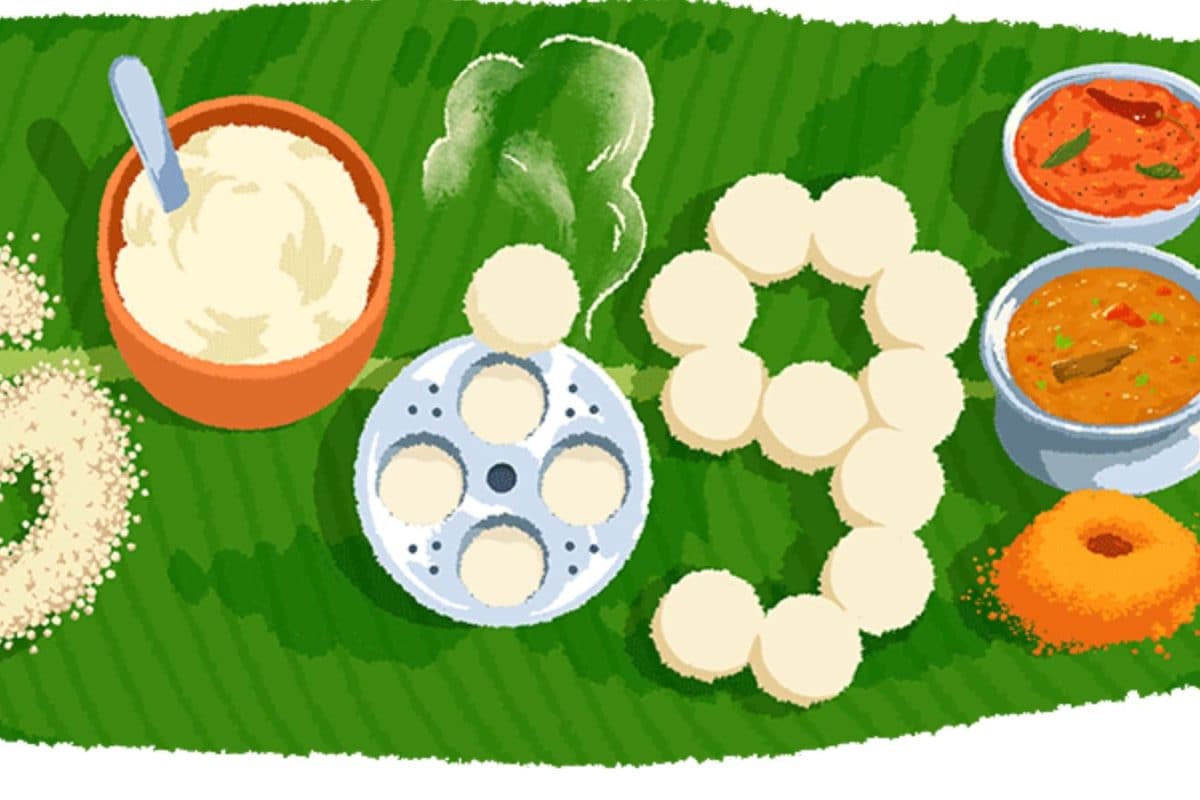The Art of Cooking
Crafting these dishes often involves mastering multiple cooking techniques, from slow-cooking to precise spice blending. Many require specific ingredients
that take time to source and prepare. The skill to perfect these recipes is often passed down through generations, making them treasured culinary traditions. The nuances in preparation ensure that each dish delivers an authentic experience of Indian cuisine. The preparation methods employed vary greatly depending on the region of India, but the shared characteristic of these dishes is a commitment to time and excellence.
Biryani's Complexities
Biryani, a beloved dish, is a prime example of a cooking endeavor that calls for patience. Preparing biryani involves layered cooking techniques, often including the slow-cooking of marinated meat with aromatic rice, spices, and herbs. The process demands careful attention to each step, ensuring the balance of flavors and the perfect texture of the rice. Regional variations abound, each adding its unique twist to the recipe, making it an art form that blends tradition and taste. The method employed often has secret techniques for maximum taste.
The Richness of Rogan Josh
Rogan Josh, originating from Kashmir, presents another challenge with its vibrant red color and complex flavor profile. The dish is known for its slow-cooked lamb, infused with a rich gravy of aromatic spices, chilies, and yogurt. Achieving the depth of flavor requires patience, as the lamb needs ample time to tenderize and absorb the flavors. The technique is also critical in preventing the dish from becoming too spicy. Rogan Josh exemplifies the marriage of patience and skill, resulting in a dish celebrated for its warmth and depth.
Dosa's Delicate Balance
Creating the perfect dosa calls for patience and skill. From the correct batter consistency, the fermentation process, and the proper spreading technique, each step requires finesse. It is necessary to master the art of balancing the heat to create a golden-brown, crispy exterior without burning the edges. It's a challenge to maintain the shape and avoid tearing the delicate crepe. The success of dosa hinges on precision. Moreover, the accompaniments to dosa, such as sambar and chutneys, require time to prepare their flavors and balance.
Preparing the Idli
Idli presents a different kind of cooking challenge, centered on fermentation and steaming techniques. Creating fluffy, soft idlis requires the correct proportions of rice and lentils, a thorough soaking period, and a well-controlled fermentation environment. The steaming process needs precise timing to cook the idlis evenly. The simplicity of this dish belies the skill needed to achieve its perfect, airy texture. Idli is an example of how the process and patience ensure a light, delicious, and healthy dish.
The Mastery of Phulka
Phulka, also known as roti or chapati, is a simple yet demanding dish, highlighting the art of making everyday Indian bread. These are typically made with whole wheat flour, require careful kneading, and precise cooking on an open flame to create a puffed-up appearance. Achieving the perfect puff and preventing the bread from becoming too hard or undercooked takes practice. The skill lies in recognizing the ideal cooking time and heat level. The technique involves a quick flip and continuous monitoring to ensure the bread cooks through. The mastery of Phulka represents skill in creating a staple.
Final Thoughts on Cooking
The six dishes highlighted underscore the beauty of Indian cooking. These dishes represent more than just recipes; they represent a commitment to tradition, a deep appreciation for flavor, and the dedication required to create something truly exceptional. These recipes provide insight into the history of Indian cuisine. These dishes, with their unique requirements, encourage the cook to embrace patience and attention to detail. Indian cuisine encourages patience for an incredible culinary experience.


